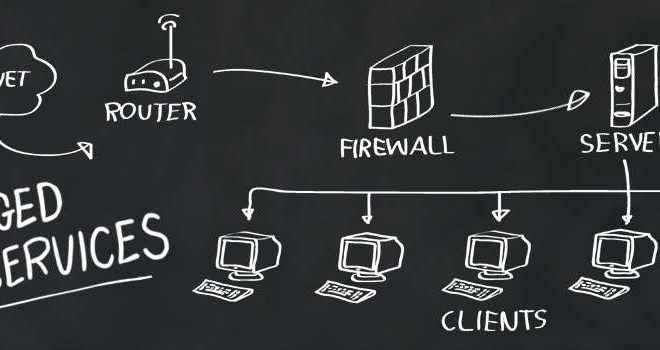Many people have their whole lives stored on one or more electronic devices: contact lists, to-do lists, family photos, taxes, books, music—the list is long, and still growing. If you’re one of those people, Imagine what would happen if your hard drive crashed, you lost your phone and your tablet was stolen all in one day. How would you begin to recover all of the lost data? It’s unlikely you have hard copy back-ups of everything stored on your devices.
Courtesy of Planet 8
In the past, proactive computer users utilized external hard drives to back-up information. Now, storing data in the cloud is common and easy to do. So, if you’d taken the time to set up your Dropbox account, you could be back up and running in no time, because you already had a solution to a problem that hadn’t presented itself yet.
Now imagine you’re a company—small or large—facing the same scenario, but on a much greater scale, say after a hurricane or earthquake. Your business would come to a screeching halt. Your staff would be in a panic. You’d be unable to service your customers. You’d lose money.
What would you do?
No answer? Then it’s time to create an IT disaster recovery plan (DRP).
What is a DRP?
Webopedia provides a good definition of a DRP:
“Short for disaster recovery plan, DRP is a plan for business continuity in the event of a disaster that destroys part or all of a business’s resources, including IT equipment, data records and the physical space of an organization.”
The 9/11 attacks on the World Trade Center in New York brought home the necessity of having a DRP, especially for small businesses, many of which have no plan at all. Some companies heeded the advice of the computing consultants they hired to help them develop their IT disaster plan, and experienced limited downtime after the attack. Others ignored crucial suggestions, implementing ideas piecemeal, and their businesses suffered. It took months for them to get back up to speed. And some never recovered.
FEMA’s Ready Campaign
The Ready Campaign, launched in 2003, was created to help Americans prepare for large-scale natural and man-made disasters. It includes information on many topics, including business continuity and IT disaster recovery planning.
The campaign’s website also features testimonials on the benefits of having a DRP from businesses of all sizes affected by a variety of disasters—Katrina, tornadoes, 9/11, etc.
FEMA suggests that businesses start by compiling an inventory of its hardware (i.e., phones, desktops, laptops, servers, etc.), software and data. They emphasize that IT services need to have multiple systems in place in order to operate, specifically climate-controlled, secure computer rooms; hardware; software; connectivity to a service provider; and data and restoration. A good DRP should take all of these elements into account.
Courtesy of Technology Management Solutions, Inc.
Hot and Cold Sites
After you know what data and resources your company needs to protect in order to continue operating after a disaster, you need to figure out exactly where you will facilitate your recovery. For many businesses, this could mean selecting a hot or cold site.
A hot site is an office located in a separate location from the main building where staff can resume work during or shortly after a disaster. It’s ‘hot’ because it contains all of the equipment/hardware—phones, data, computers—that might be needed. These sites are usually run by another company, so the businesses utilizing them pay for the privilege.
A cold site is also located offsite, but it does not contain all of the hardware needed to resume work. Businesses renting cold sites have to bring and install their own equipment. Cheaper than a hot site? Probably. But you get what you pay for. Think hard about whether you want to be hauling computers and phone cords to another building in the middle of a hurricane.
A consulting firm can help you assess your needs and develop a solid plan. Regardless, the key word to remember is offsite. Do not make the mistake of storing important data or equipment in a separate room, or on another floor of your existing building. You need a location that’s completely removed from your main office in case everything is destroyed.
Remember, those who fail to plan, plan to fail. If you want your business to be around in 20 or 30 years, invest the time and money in a DRP. Disasters often appear unannounced.


